Article
Introducing Slicing
also known as Image Stacking
| Slicing, some call it image stacking, is a photographic skill or
technique that allows you to get expanded depth of field. It is of use in
many areas off photography, although probably best known in the areas of
macro and extreme macro photography, as well as photography through
microscopes. It can be useful used in many other areas from landscapes and
scenic photography through the more specialist areas like food photography,
property photography and many areas of advertising or product
photography. So it is part of the range of skills that every professional
photographer should know and most enthusiasts should at least have tried. The concept behind this is quite simple, you take a series of photographs with your camera on a tripod or locked
in position in some other way, where each of these is the same except that
the focus point changes. You therefore have a series of photos where
everything that you want in focus is in focus in at least one photograph.
You then put these photographs through a programme that selects the most in
focus area from each and creates an overall photo with everything
in focus.
 Photos right:-
Taking a photograph close up into a lily is difficult. The central
parts are near the camera and the petals some way back, we
cannot get them both in focus at the same time. Similarly the
distance from the nearest petal to the furthest from the side
presents a similar problem. Using slicing we can achieve the
impossible in both situations. Photos right:-
Taking a photograph close up into a lily is difficult. The central
parts are near the camera and the petals some way back, we
cannot get them both in focus at the same time. Similarly the
distance from the nearest petal to the furthest from the side
presents a similar problem. Using slicing we can achieve the
impossible in both situations. |
|
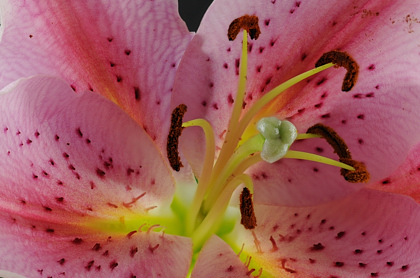
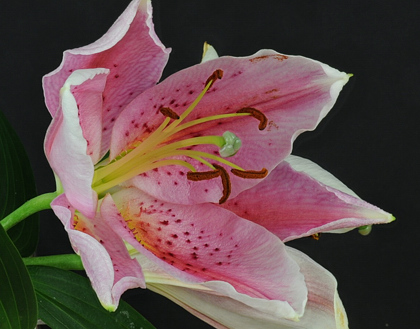 |
By using slicing we are gaining control of
depth of field, now its our choice what is and is not in focus, we can break
boundaries that many do not realise is possible and achieve near magical
results. It means we can take images now in situations that have a shallow depth of field and combine them, to produce any depth of field that
we require.
So we are going from images like this:-
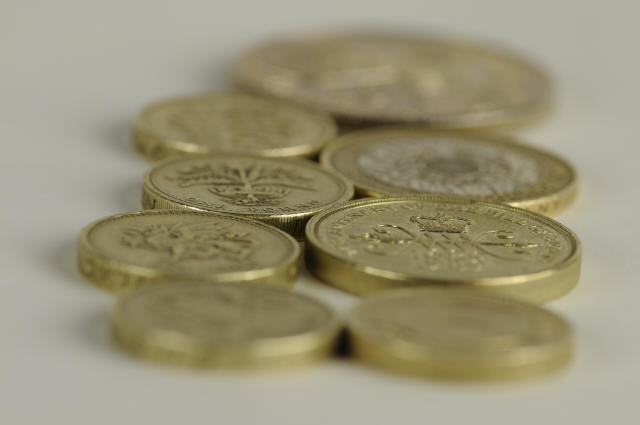  
To this:-
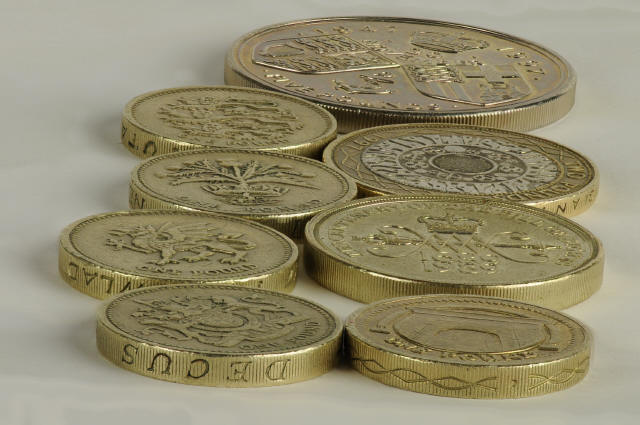  
Without changing anything except the focus
point and taking a number of photos that are then combined.
Clicking on the above photos shows far
larger versions, showing better the difference in detail in focus between
these two. Another example, from
this:-
 
To this:-
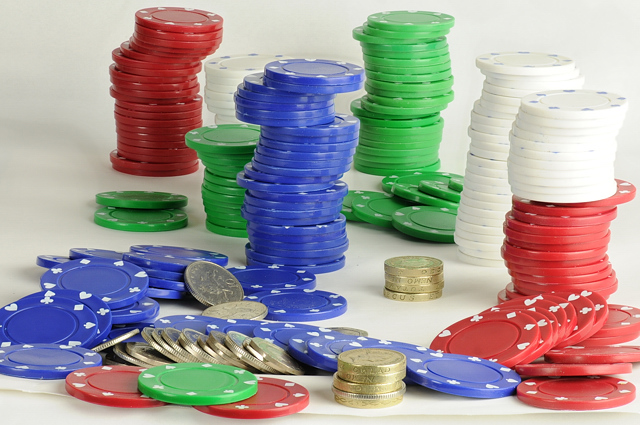
 While this may sound complicated it need
not be, the process can be undertaken in a way that is predictable, reliable
and with no difficulties and in the article
Depth of field magic
 we have an actual project that you can try, using shareware that you can
download and try without cost, and several sets of slices I have taken
including both of the examples above, so to start
you can just get to see the effect and how it is achieved. In the article
what we can do with Helicon Focus,
we have an actual project that you can try, using shareware that you can
download and try without cost, and several sets of slices I have taken
including both of the examples above, so to start
you can just get to see the effect and how it is achieved. In the article
what we can do with Helicon Focus,
 I look at the programme being used in a little more detail and in
capturing slices with a
Nikon DSLR,
I look at the programme being used in a little more detail and in
capturing slices with a
Nikon DSLR,
 I look at how I captured these slices.
I look at how I captured these slices.
I have produced a number of sets of
slices, so you have some images to play with, if you want to have a go with
Helicon Focus, but also included in each case the end result photo I
produced and an animation sequence so that you can see what is happening.
Programs to put the slices together
There are two programs that I am
aware of that can convert slices into these all in focus images, Helicon Focus,
we have mentioned above and covered in more depth in
what we can do with Helicon focus.
 You can also see examples and collect some more sets of slices from the
HeliconSoft website. You can also see examples and collect some more sets of slices from the
HeliconSoft website.

The second program is called 'Combine
ZM' sometimes referred to as CZM. I have not at the moment written this up, but
you can get to the developers home page at
CZM,  they also have have a help
manual
they also have have a help
manual
 available. While the Helicon version handles large images, 16 bit and more, Raw
files and is straight forward to use, CZM cannot. CZM is often said to be more
for enthusiasts who want to experiment, while its other attraction is that it is
free. I suggest you try Helicon Focus first and then if you wish, also then try CZM once you understand what is happening and how to get the results you want.
available. While the Helicon version handles large images, 16 bit and more, Raw
files and is straight forward to use, CZM cannot. CZM is often said to be more
for enthusiasts who want to experiment, while its other attraction is that it is
free. I suggest you try Helicon Focus first and then if you wish, also then try CZM once you understand what is happening and how to get the results you want.
More examples
There are, you will find, many
examples of bugs, some very small, some very highly magnified. If these interest
you then take a look at
this
link,  it contains well over 70 bugs and other small items all created with Helicon
Focus. There are quite a few individual examples within the Helicon user forums,
take a look at
Helicon Forum
Index
it contains well over 70 bugs and other small items all created with Helicon
Focus. There are quite a few individual examples within the Helicon user forums,
take a look at
Helicon Forum
Index
 . Another
site you may like to take a look at is
available here. . Another
site you may like to take a look at is
available here.
 On the
same site is an article for those who like to experiment using a
camera bellows and microscope objectives On the
same site is an article for those who like to experiment using a
camera bellows and microscope objectives
 with
slicing or image stacking as they call it. With 48 images to get the eye of an
ant, and 99 to get part of the eye of a fly, this is entering a world few have
seen before. It has some impressive results and is an area I will be
experimenting with when I have few days available. with
slicing or image stacking as they call it. With 48 images to get the eye of an
ant, and 99 to get part of the eye of a fly, this is entering a world few have
seen before. It has some impressive results and is an area I will be
experimenting with when I have few days available.
Tethered
shooting
Shooting tethered, with your camera
connected to a computer is
possible using a variety of programs, some of these are just storing the
resulting images, where some allow you more control over the camera. While there
are a lot of entries that come up when you search for variants around tethered
shooting, there are far fewer when you look for tethered shooting and Liveview.
Nikon cameras with Liveview can use Nikon Capture Control 2, but I haven't been
able to identify any program for other cameras that can do as much. If you
have experience of others software that use real Liveview, so that you can
see, focus and control the image live on the computer screen for any make of
camera please let us know. If you don't want Liveview then there are a variety
of programs available.
|